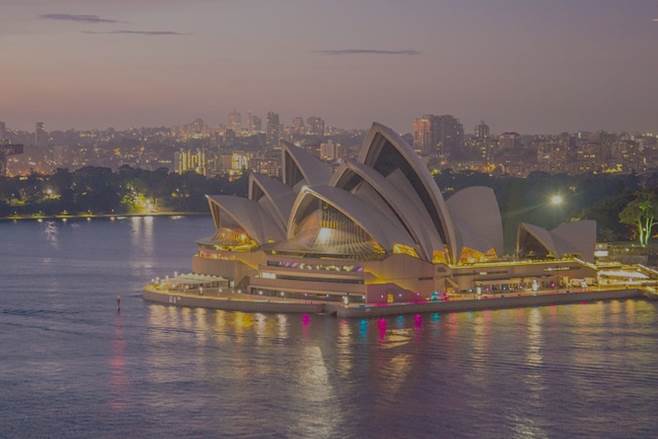- Global Working Capital Requirement (WCR)[1] deteriorated by +1 day to 70 days in 2018, reaching the highest and thus worst level since 2012. For 2019, Allianz Trade expects a correction in inventories and a stronger discipline in payment for corporates.
- WCR rose in three out of five countries in 2018, mostly due to a noticeable inventory accumulation (+3 days on average). Emerging markets are on average less efficient than advanced economies in adjusting their payment behavior.
- In Asia Pacific, Hong Kong, Japan, Korea, Singapore, Taiwan and Australia saw their WCR improved, while China and India deteriorated by +8 days to 94 days and +2 days to 73 days respectively.
Hong Kong, 23 July 2019 – Allianz Trade Economic Research and Allianz Trade Rating jointly published a new study on global Working Capital Requirement, a key measurement of financial resources that companies consume to cover operating costs and expenses, and to run their businesses efficiently. It complements previous studies that pointed out the reactivating of self-discipline of corporates in their Days Sale Outstanding (DSO), and the unusual accumulation of inventories by corporates, giving an enlarged view on the financial situation and behavior of corporates.
Correcting the record high global WCR
In 2018, Global Working Capital Requirement hit its worst level since 2012 (+1 day, 70 days). The evolution of WCR indicates which businesses have improved, or in this case, deteriorated, their capacity to maintain operating cash flow and internal funding for investment.
The deterioration mainly comes from the increase in inventories (+3 days), which are currently between 20% and 30% above what is considered a normal level. Companies tried to offset this rise by adjusting their payment behaviors through a decrease of their DSO (-1 day) and an increase in their Days Payable Outstanding (DPO) (+1 day).
Still, the WCR rise represents USD820bn or a 12% rise of additional financial resources consumed by working capital in 2018. “A rise in WCR usually means fewer financial resources for corporates to pursue other objectives such as new product development, geographical expansion, acquisitions, modernization or debt reduction and could therefore lead to an economic slowdown”, explains Maxime Lemerle, Head of Sector and Insolvency Research at Allianz Trade.
In reaction to lower global growth and higher global uncertainty, Allianz Trade expects large corporates to adopt a cautious approach in 2019 and correct their inventories, while showing a stronger discipline in payment. Consequently, the WCR of large companies should decline by 2 days (to 68 days) in 2019, along with a stabilization in value terms to the expected increase in turnover.
Read the full report here.
[1] The Working Capital Requirement (WCR) of a company is a financial metric whose components are accounts receivable (also known as DSO for Days Sales Outstanding), inventory (aka DIO for Days Inventory Outstanding) and accounts payable (aka DPO for Days Payable Outstanding). It is calculated according to the following formula: WCR=DSO+DIO-DPO. A rise (drop) in WCR comes either from a higher (lower) DSO, a higher (lower) DIO or from a lower (higher) DPO.


